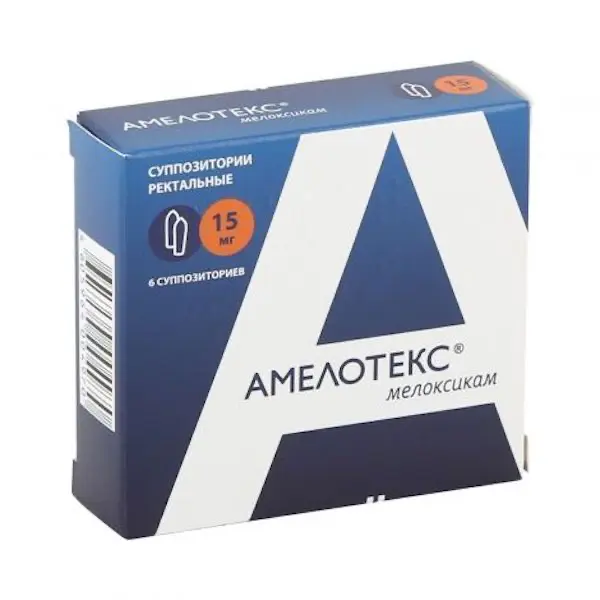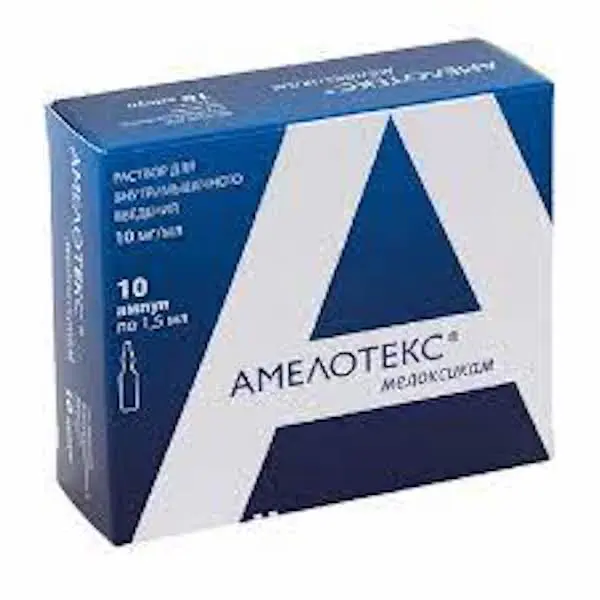Description
Cefecon D Pharmacodynamics
Paracetamol has analgesic and antipyretic effects. The drug blocks cyclooxygenase in the central nervous system, affecting the centers of pain and thermoregulation. In inflamed tissues, cellular peroxidases neutralize the effect of paracetamol on cyclooxygenase, which explains the lack of a significant anti-inflammatory effect. Absence of blocking effect on prostaglandin synthesis in peripheral tissues explains its lack of negative effect on water-salt metabolism (sodium and water retention) and gastrointestinal mucosa.
Indications
Used in children from 3 months to 12 years as: antipyretic for acute respiratory infections, influenza, childhood infections, postvaccinal reactions and other conditions accompanied by fever; analgesic for mild to moderate pain, including: headache, toothache, muscle pain, neuralgia, pain from injuries and burns. In children from 1 to 3 months of age, a single use of the drug to reduce the temperature after vaccination is possible, the use of the drug for all indications is possible only by doctor’s prescription. If necessary, please consult a physician before using the drug.
Contraindications
Hypersensitivity to paracetamol or other drug components; period of infancy (less than 1 month); severe liver function abnormalities (9 points or more on the Child-Pugh scale); inflammation of rectum, rectal bleeding; deficiency of glucose-6-phosphate dehydrogenase.
Experience of use in humans indicates that paracetamol when taken orally in therapeutic doses has no adverse effect on pregnancy or the health of the fetus and the newborn. Paracetamol overdose during pregnancy does not increase the risk of congenital malformations. Reproductive toxicity studies of oral administration have not shown teratogenic or fetotoxic potential. After careful evaluation of benefits and risks, paracetamol can be used throughout pregnancy. Paracetamol should not be used during pregnancy for long periods of time, in high doses or in combination with other medicines, as the safety of use in these circumstances has not been established. Paracetamol can be used during pregnancy, but it is advisable to use the lowest effective dose and the shortest possible course. Paracetamol penetrates into human breast milk in small amounts, but no effect on newborns/breastfed children is expected if the drug is used in therapeutic doses.
Directions for use and dosages
- Rectally. After spontaneous bowel emptying or purging enema, the suppository is released from the carton pack and inserted into the rectum. The dosage of the drug is calculated depending on age and body weight, according to the table. A single dose is 10-15 mg/kg of the child’s body weight; the interval between each dose should be at least 6 hours. Maximum daily dose of paracetamol (including simultaneous use of other paracetamol-containing drugs) should not exceed 60 mg/kg of the child’s body weight.
- Age Weight Daily dosage
- 1-3 months. The preparation is applied once (1 suppository) in children under 3 months of age if fever develops against the background of vaccination. At 4-6 months of age, 1 suppository of 50 mg once. Only as prescribed by the doctor!
- 2 months. The drug is used only as prescribed by the doctor!
- 3-12 months 7-10 kg 1 suppository with 100 mg
- 1-3 years 11-16 kg 1 to 2 suppositories of 100 mg
- 3-10 years 17-30 kg 1 suppository of 250 mg
- 10-12 years 31-35 kg 2 suppositories of 250 mg
- Treatment duration: 3 days as an antipyretic and up to 5 days as an analgesic. Extension of course if necessary after consultation with a physician.
- Patients with impaired renal function
- In patients with impaired renal function, the time interval between doses should be at least 8 hours if creatinin clearance is less than 10 ml/min, at least 6 hours if creatinin clearance is more than 10 ml/min.
- Patients with impaired liver function
- In patients with chronic liver diseases, including compensated ones, especially in patients with hepatocellular insufficiency, chronic alcoholism, chronic malnutrition (insufficient glutathione reserve in the liver) or dehydration, the daily dose of paracetamol should not exceed 3 g/day.
- If after treatment there is no improvement or new symptoms occur, consult a physician.





